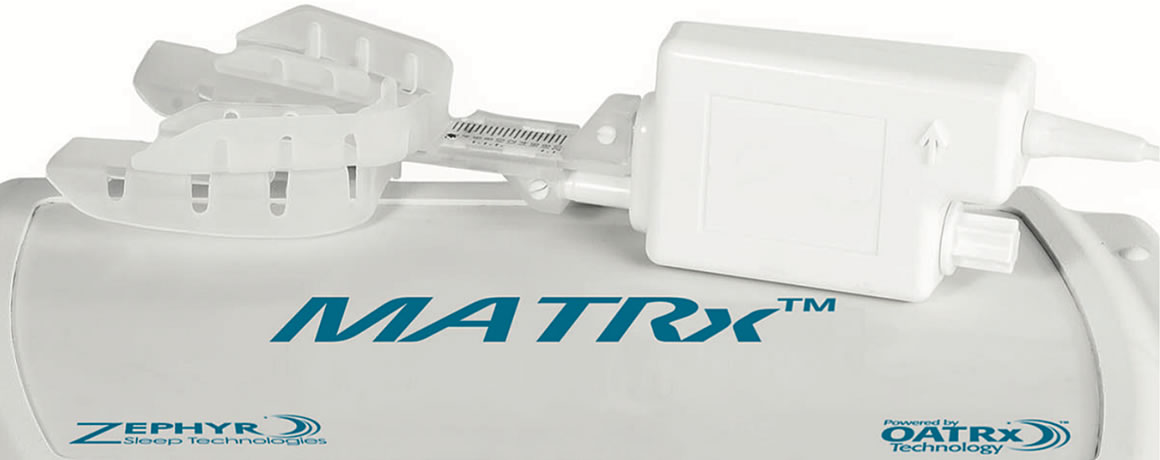
3 Implications for Medical Device Generated Data
Is Device Generated Data part of your medical device plans?
We live in a digital era, and if you are in the medical device design and development business, it may be wise to think digital health. There is an undeniable shift from stand-alone technology to integrated systems even for devices with specialized functionality. Granted, devices with unique diagnostic or therapeutic functionality still have a place in the market place, but those capable of uploading data into a server, the cloud, or even directly into an electronic health record are more attractive to hospital and tertiary care buyers.
Medical devices capable of generating data to be shared digitally support a new model of care delivery based on quality of care and sustainment of health care. Telemedicine1 and home care delivery have been identified as key objectives of the Ministry of Health2. Below are 3 implications of medical devices capable of data generation and uploading into digital health.
Data Accuracy
Heath information data collected from diagnostic imaging, cardiac electrical monitoring or biochemical markers (to name a few) is a cornerstone of modern medicine and enables the physician specialist to develop a plan of care, treat specific conditions and advise on further therapies. Timely access to accurate data benefits both the patient and provider. The use of stand-alone medical devices for diagnosis or therapy will likely require manual data transcription into the patient’s chart and any transcription error could be at the very least inconvenient and at worst tragic. When data is digitally submitted and uploaded into the chart without human intervention, errors are eliminated and data is ready to be used to ensure the right treatment is associated with the right diagnostic.
Integration into Patient-Centric EHR
Complex conditions and chronic disease often require multiple assessments, repeated tests and a series of treatments. This leads to a high level of collected data that is best stored in one central location – the patient-centric electronic health record (EHR). Such central repository is greatly appreciated by the physician specialist who can easily review health data generated from multiple sources to develop a diagnosis and a treatment plan. I have seen (and heard) many very frustrated physicians having to retrieve health information from multiple sources including paper charts, database, emailed reports and proprietary software. Providing easy and rapid access to data contributes to the efficiency of health care delivery. Consider any medical device as part of an integrated system of care.
Data Sharing by Inter-Disciplinary Teams
Specialization in medicine, nursing and allied sciences in diverse areas of care (oncology, maternity, mental health, rehabilitation, etc.) necessitates team work and sharing of health data. In addition, the emergence of telehealth/telemedicine to support remote consultations and provide patients in rural communities the benefits of modern health care requires access to health information in a timely manner. Medical devices are part of an extensive health delivery system. They need to be capable of sending locally collected data (of diagnostic or treatment nature) to the right provider at the right time. Digital health is all about “virtual care” in a coordinated, collaborative and integrated way to support a patient-centric care delivery model.
From reducing medical transcription errors to enabling data integration into the electronic medical record and supporting telemedicine, medical devices capable of sending device generated data via the cloud, or onto a server will be more attractive to the hospital buyer. Consider including data upload functionality in your next medical device architecture and factor it into your business plan. For medical device products, there are a number of ways to enable and streamline integrations into EHRs. The first step is to provide simple and secure connectivity to accurate and validated medical device data repositories. From that starting point, a number of methods are available for specific system integration.
Be part of the digital health technologies that enable new and cost effective models of health care delivery.
- Canada Health Infoway, Telehealth, https://www.infoway-inforoute.ca/
- BC Ministry of Health, Service Plan 2014/15-2016/17
Objective 2/2.1: Deliver a system of responsive and effective health care services across BC. A provincial system of primary and community care built around inter-professional teams and functions.
Objective 3/3.2: Ensure value for money. Align workforce, infrastructure, information management and technology resources to achieve patient and service outcomes.
Martine Janicki, PhD, PMP, is a Clinical Project Manager at Provincial Health Services Authority and the first StarFish Medical PMO. Her project management systems and philosophies guide our project managers in product definition and development.
Image: MATRx – Zephyr Sleep Technologies